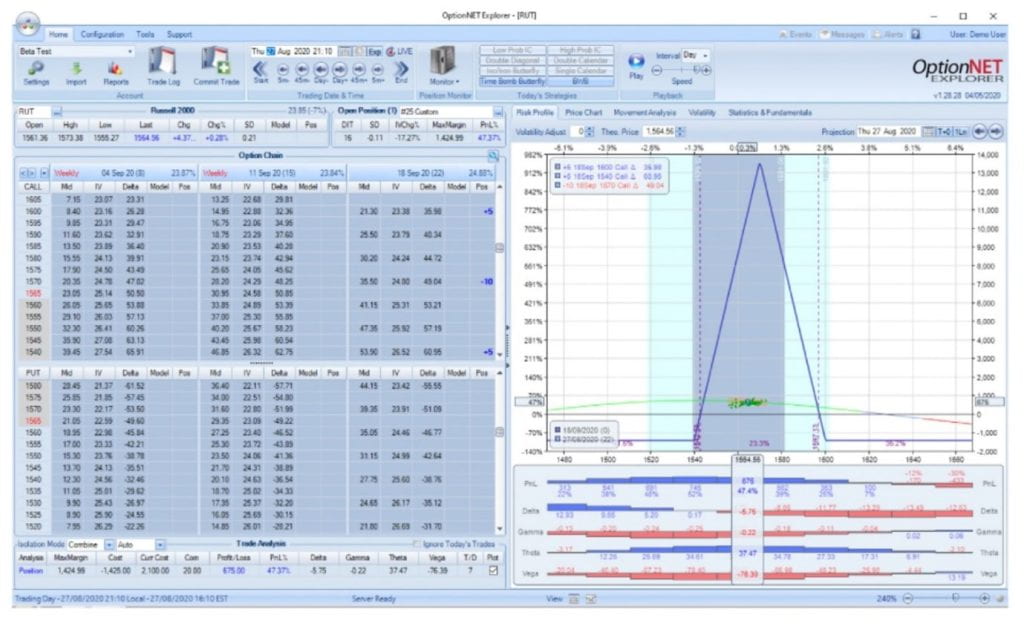By Dr Patrick Goold
A few years ago, I wrote a short article arguing that the section on computer-generated works in the Copyright, Designs and Patents Act 1988 (CDPA) is either meaningless or lacking justification. At the end of December 2023, the Court of Appeal took a step toward the position I outlined in that article.
As many readers will know, copyright is a property right which subsists, primarily, in ‘original literary, dramatic, musical or artistic works’ (s1(1)(a) CDPA). ‘Originality’ in this sense refers to the relationship between the author and the work. In modern EU and UK jurisprudence, a work is original if it is the ‘personal intellectual creation’ of an author and flows form their ‘free and creative choices’. In such cases, copyright vests initially in the author. There is, however, an exception in s9(3) CDPA. If a work is computer-generated – that is, not authored by a human – then copyright ought to be vested in the person who made the ‘arrangements necessary for the creation of work’. In the only case to interpret this provision (Nova Productions Ltd v Mazooma Games Ltd & Ors [2006] EWHC 24 (Ch)), the programmer of the computer was held to be such a person.
In The Curious Case of Computer-Generated Works under the Copyright, Designs and Patents Act 1988, I argued the s9(3) provision makes little sense. Broadly, the section could be interpreted in two ways. For simplicity, I will refer to them here as options A and B. Under option A, s9(3) must be interpreted consistently with s1(1)(a), meaning that such works must be original to enjoy copyright. Under option B, s9(3) is an exception to s1(1)(a), meaning that such works do not need to be original to be protected. However, if option A is selected, then the provision is incoherent. In that case, the statute dictates that where there is no human author, then the work should only receive protection if there is an author who supplies the necessary originality (!). Furthermore, in this eventuality, s9(3) is meaningless because the person supplying the necessary originality would be entitled to claim copyright in the normal manner. In the alternative option B interpretation, then the provision is not meaningless, it is just a bad law. It is no longer meaningless in this scenario because it expands the scope of copyrightable subject matter. It is a bad idea because there has never been a particularly good reason for doing so.
In December 2023, the Court of Appeal decided THJ Systems v Sheridan [2023] EWCA Civ 1354 and in doing so, illustrated my point nicely. That case involved a software which generated visual ‘risk and pie charts’. A representative example appears below. Both Mr Mitchell (the software developer) and Mr Sheridan (the software user) claimed to own the resulting visual images under section 9(3). This argument appeared in both the re-re-re- amended particulars of the claim (para 38.2) and the re-re-amended defence (para 49). The approved list of issues for trial (question 25) also explicitly directed the courts to determine who the author of the works was under section 9(3). With that in mind, one might expect the judgments of the High Court and Court of Appeal to interpret and apply s9(3).

However, neither the High Court (Kimbell QC) nor the Court of Appeal (Lord Justice Arnold) wrote anything at all about s9(3) at all. Instead, Lord Justice Arnold clarified the originality standard in the UK following Brexit as being the ‘personal intellectual creation’ standard. Thereafter, he found that Mr Mitchell was the author of the risk and pie charts and had supplied the necessary originality through making choices such as through selecting the colours and fonts used in the charts. There was, therefore, simply no need to discuss s9(3) at length. Mr Mitchell was, simply, the author of the charts.
What, then, do we make of the outcome? To me, the case shows some evidence of option A. That is, s9(3) must be consistent with the s1(1)(a) originality requirement. But when it became clear that Mr Mitchell could demonstrate that he supplied the necessary originality, then the whole issue of s9(3) fell out of the picture, and he was entitled to claim copyright in the normal manner. The section simply became meaningless in the context of the claim.
That does not, however, mean that the courts have clearly settled on option A. In the end, this was an easy case for the courts because Mr Mitchell could satisfy the originality standard. A harder case probably will emerge soon in which the claimant cannot satisfy the originality requirement. In that case, option A would dictate that their claim to copyright should fail. Nevertheless, courts might go down the path of option B and grant copyright despite the lack of originality. Doing so would present its own worries, however. Currently, if courts are on the path to interpreting s9(3) in the option A fashion, then s9(3) is rather like a benign skin mole: perhaps an aesthetic problem but nothing to cause any real concern. However, if courts change tack and interpret the provision as an exception to the originality requirement, then that skin mole will have turned malignant, and will grow the scope of copyrightable subject matter in a worrying direction.

Leave a Reply